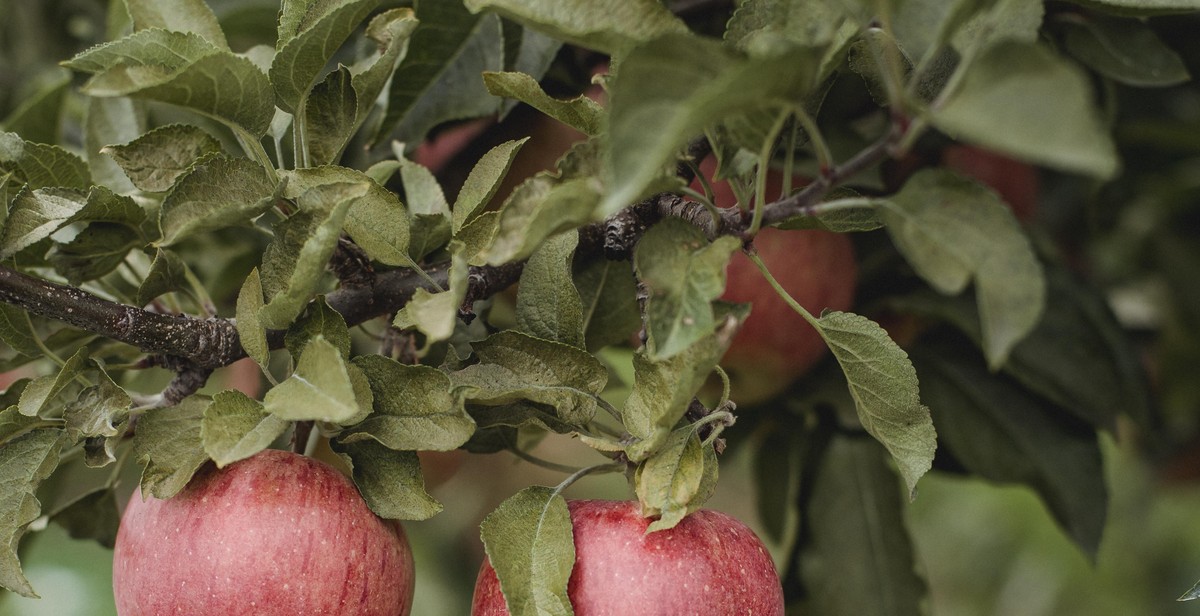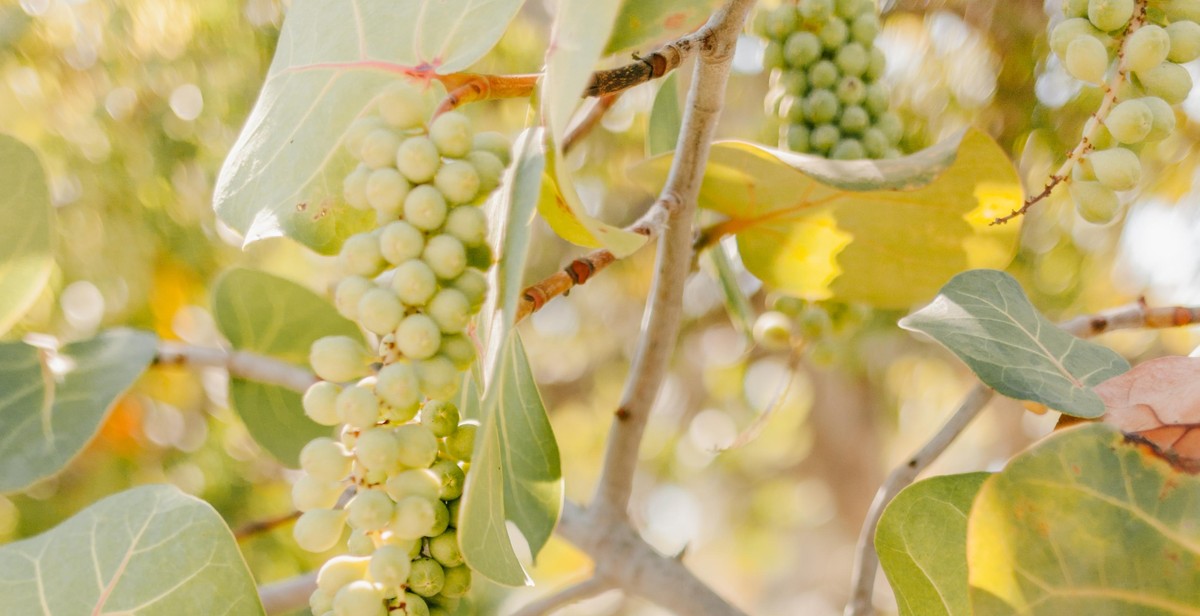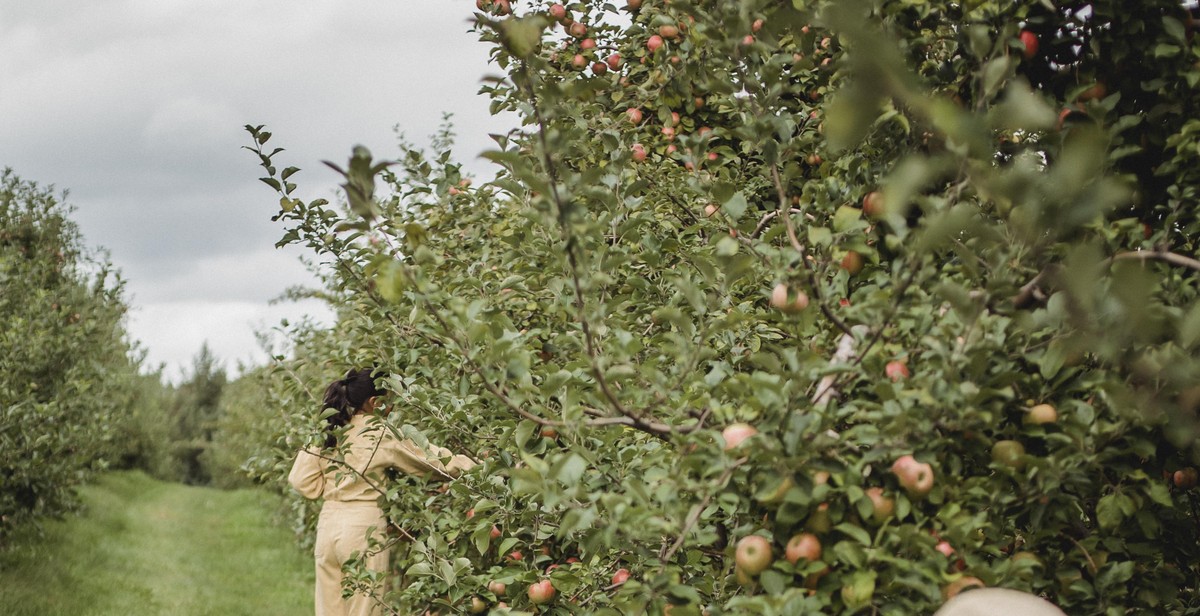How to Grow Your Own Fruit Trees: Tips for Planting and Caring for Fruit-bearing Trees
Fruit trees are a great addition to any garden or outdoor space. Not only do they provide beautiful blooms in the spring, but they also bear delicious fruit in the summer and fall. Growing your own fruit trees can be a rewarding experience that allows you to enjoy fresh, organic produce right from your backyard.
Why Grow Your Own Fruit Trees?
There are many reasons to consider growing your own fruit trees. Here are just a few:
- Fresh, Organic Produce: When you grow your own fruit trees, you have complete control over the growing process. You can choose to use organic methods and avoid harmful pesticides, ensuring that your fruit is fresh, healthy, and safe to eat.
- Cost Savings: Buying fruit from the grocery store can be expensive, especially if you want to eat organic. By growing your own fruit trees, you can save money on your grocery bill and enjoy fresh produce for free.
- Environmental Benefits: Growing your own fruit trees can be good for the environment. Trees absorb carbon dioxide from the atmosphere and release oxygen, helping to reduce your carbon footprint.
- Beautiful Landscaping: Fruit trees can add beauty to your outdoor space. They provide shade, privacy, and a natural focal point for your garden.
If you’re ready to start growing your own fruit trees, read on for tips on planting and caring for your trees.

Choosing the Right Fruit Tree
When it comes to growing your own fruit trees, choosing the right tree is essential. Here are some tips to help you select the perfect fruit tree for your garden:
Consider Your Climate
The first thing you need to consider when choosing a fruit tree is your climate. Different fruit trees thrive in different climates, so it’s important to choose a tree that is well-suited to your region. For example, if you live in a warm, tropical climate, you may want to consider planting a mango or avocado tree. If you live in a cooler climate, apples, pears, and cherries may be a better choice.
Choose a Healthy Tree
When you’re selecting a fruit tree, it’s important to choose a healthy tree that is free from disease and pests. Look for a tree with strong, sturdy branches and a healthy root system. Avoid trees with any signs of damage, such as broken branches or scars on the trunk.
Select the Right Variety
There are many different varieties of fruit trees available, so it’s important to choose a variety that is well-suited to your needs. Consider factors such as the size of the tree, the flavor of the fruit, and the time of year that the fruit will ripen. Some fruit trees, such as apple trees, require a pollinator tree in order to produce fruit. Make sure you choose the right variety and the right number of trees for your garden.
- Consider your climate when choosing a fruit tree.
- Choose a healthy tree that is free from disease and pests.
- Select the right variety based on factors such as size, flavor, and ripening time.
By following these tips, you can choose the perfect fruit tree for your garden and enjoy fresh, delicious fruit for years to come.

Preparing to Plant Your Fruit Tree
Choose the Right Location
The first step in preparing to plant your fruit tree is to choose the right location. Fruit trees require a lot of sun, so look for a spot in your yard that gets at least six hours of direct sunlight per day. Make sure the location is also well-drained, as fruit trees do not thrive in areas with standing water. Additionally, consider the size of the tree at maturity and give it enough space to grow.
Prepare the Soil
Before planting your fruit tree, it is important to prepare the soil. Start by removing any weeds or grass from the planting site. Then, dig a hole that is twice as wide and just as deep as the root ball of the tree. Mix in compost or other organic matter to improve soil quality and drainage. Test the soil pH and adjust it if necessary to ensure the tree will have the right nutrients to grow.
Planting the Tree
Once the location and soil are ready, it is time to plant the fruit tree. Carefully remove the tree from its container and gently loosen any tangled roots. Place the tree in the center of the hole, making sure the top of the root ball is level with the surrounding soil. Backfill the hole with soil, tamping it down gently to remove any air pockets. Water the tree thoroughly and add a layer of mulch around the base to retain moisture and prevent weeds.
Remember to water your new fruit tree regularly, especially during the first few years as it establishes its root system. With proper care and maintenance, your fruit tree will provide delicious fruit for years to come.

Caring for Your Fruit Tree
Planting a fruit tree is just the beginning of its journey. To ensure a healthy and fruitful tree, proper care must be taken. Here are some tips for caring for your fruit tree:
Watering
Watering is crucial for your fruit tree’s growth and productivity. Young trees require more water than mature trees. Water the tree deeply once a week, soaking the soil around the roots. During hot and dry weather, water the tree twice a week. Avoid watering the leaves as it can lead to fungal diseases.
Fertilizing
Fertilizing your fruit tree is important for its growth and development. Apply a balanced fertilizer in early spring and mid-summer. Avoid over-fertilizing as it can lead to excessive vegetative growth and reduce fruit production.
Pruning
Pruning is essential for maintaining the shape and size of your fruit tree, as well as promoting fruit production. Prune your tree in late winter or early spring before new growth appears. Remove any dead, damaged, or diseased branches. Thin out overcrowded branches to allow more sunlight and air circulation.
Pest and Disease Control
Preventing pest and disease infestations is crucial for the health of your fruit tree. Inspect your tree regularly for signs of pests or diseases such as aphids, mites, scale, or powdery mildew. Use organic pest control methods such as neem oil or insecticidal soap. If a disease is detected, remove any infected branches or fruit and dispose of them immediately.
| Task | Frequency |
|---|---|
| Watering | Deeply once a week, twice a week in hot and dry weather |
| Fertilizing | Early spring and mid-summer |
| Pruning | Late winter or early spring before new growth appears |
| Pest and Disease Control | Regular inspection and use of organic pest control methods |

Harvesting Your Fruit
Harvesting your fruit is the most exciting part of growing your own fruit trees. However, it’s important to know when to harvest your fruit to ensure it’s at its peak flavor and texture. Here are some tips to help you determine when your fruit is ready to be harvested:
Knowing When to Harvest
1. Check the color: Most fruit changes color as it ripens. For example, green apples turn yellow or red when they’re ripe. Check the color of your fruit to see if it’s ready to be harvested.
2. Check the size: The size of the fruit can also be an indicator of ripeness. For example, peaches will soften and increase in size as they ripen.
3. Check the firmness: Gently squeeze the fruit to determine if it’s ripe. If it’s too hard, it’s not ready yet. If it’s too soft, it may be overripe.
4. Check the seeds: If your fruit has seeds, check them to see if they’ve turned brown. This is a sign that the fruit is ready to be harvested.
How to Harvest
Once you’ve determined that your fruit is ready to be harvested, it’s important to do it properly to avoid damaging the fruit or the tree. Here are some tips:
- Use the right tools: Depending on the type of fruit, you may need a ladder, pruning shears, or a picking basket to harvest your fruit.
- Be gentle: When picking the fruit, be gentle to avoid damaging the tree or the fruit. Use pruning shears to cut the stem, or gently twist the fruit until it comes off the tree.
- Handle with care: Once you’ve harvested your fruit, handle it with care to avoid bruising or damaging it. Place it in a basket or container that’s lined with soft material to protect it.
- Store properly: Depending on the type of fruit, you may need to store it in a cool, dry place or in the refrigerator. Follow the storage instructions for your specific type of fruit.
By following these tips, you can ensure that your fruit is harvested at its peak flavor and texture, and that your tree remains healthy and productive for years to come.

Conclusion
Growing your own fruit trees can be a rewarding and enjoyable experience. By following the tips outlined in this article, you can ensure that your fruit trees are healthy, productive, and provide you with delicious fruit for years to come.
Key Takeaways
- Choose the right fruit tree for your climate and soil type.
- Plant your fruit tree in a sunny, well-drained location.
- Provide your fruit tree with regular watering and fertilization.
- Prune your fruit tree regularly to promote healthy growth and fruit production.
- Protect your fruit tree from pests and diseases.
Final Thoughts
Growing your own fruit trees can be a fun and rewarding experience. Not only do fruit trees provide you with delicious fruit, but they also add beauty and value to your property. By following the tips outlined in this article, you can ensure that your fruit trees are healthy, productive, and provide you with years of enjoyment.
| Tip | Why It’s Important |
|---|---|
| Choose the right fruit tree for your climate and soil type. | Ensures that your fruit tree will thrive and produce fruit. |
| Plant your fruit tree in a sunny, well-drained location. | Provides your fruit tree with the optimal growing conditions. |
| Provide your fruit tree with regular watering and fertilization. | Ensures that your fruit tree has the necessary nutrients for healthy growth and fruit production. |
| Prune your fruit tree regularly to promote healthy growth and fruit production. | Helps your fruit tree to produce more fruit and reduces the risk of disease. |
| Protect your fruit tree from pests and diseases. | Prevents damage to your fruit tree and ensures that it produces healthy fruit. |
